Lima is the vibrant and diverse capital of Peru, blending centuries of history with modern elegance. Known as the City of Kings, Lima stretches along the Pacific coast, offering colonial charm, pre-Columbian treasures, award-winning gastronomy, and oceanfront sunsets you’ll never forget.
According to the Instituto Nacional de Estadística e Informática (INEI), Lima receives over 2 million international visitors every year, making it the country’s main gateway and a destination in its own right.
This expert guide covers everything you need to know about Lima — from its rich history and top attractions to lesser-known gems, personal travel tips, and itineraries.
Quick Facts About Lima
Category | Detail |
| Country | Peru |
| Population | 10+ million (Metropolitan Area) |
| Founded | January 18, 1535 |
| Founder | Francisco Pizarro |
| Nickname | City of Kings |
| Elevation | 161 m (528 ft) |
| Location | Central coast of Peru |
| Climate | Mild desert climate (almost no heavy rain) |
| Time Zone | GMT -5 |
Where is Peru Located?
Peru is in western South America, bordered by:
- North: Ecuador & Colombia
- East: Brazil
- Southeast: Bolivia
- South: Chile
- West: Pacific Ocean
The country is geographically diverse, divided into:
- Coast: Arid deserts and fertile valleys
- Andes Mountains: Snow-capped peaks, high-altitude cities
- Amazon Rainforest: One of the world’s most biodiverse ecosystems
A Short History of Lima
Historical Timeline
Year | Event | Significance |
| 3000 BC | Caral-Supe Civilization flourishes | One of the oldest civilizations in the Americas |
| 100 CE | Lima Culture builds Huaca Pucllana | Pre-Inca adobe pyramid |
| 1470 | Incas incorporate Lima into Chinchaysuyu | Part of the Inca Empire |
| 1535 | Francisco Pizarro founds Lima | Named City of Kings |
| 1542 | Becomes capital of the Viceroyalty of Peru | Administrative hub of Spanish South America |
| 1821 | Peru declares independence from Spain | Lima remains capital |
| 2009 | Caral declared UNESCO World Heritage Site | Boost to Peru’s archaeological prestige |
Before the Incas
Lima’s region was home to ancient cultures like:
- Caral-Supe (3000 BC) – Known for monumental pyramids and advanced urban planning
- Lima Culture (100 CE) – Built Huaca Pucllana in modern-day Miraflores
- Wari Empire (600 CE) – Skilled in stonework and textiles
The Inca Era
By the 15th century, Lima belonged to the Chinchaysuyu region of the Inca Empire. The Pachacamac Temple, 40 km from Lima, was a key pilgrimage site. The Qhapaq Ñan road system connected Lima with Cusco and other imperial cities.
Spanish Conquest & Colonial Era
Founded in 1535 by Francisco Pizarro, Lima became the capital of the Viceroyalty of Peru in 1542. It was a center of administration, commerce, and religion for all of Spanish South America.
Republican & Modern Lima
Independence was declared in Lima on July 28, 1821, by General José de San Martín in Plaza de Armas. Today, Lima is a bustling metropolis, home to modern skyscrapers, historic landmarks, and a global culinary scene.
Best Districts to Stay in Lima
District | Features | Best For |
| Miraflores | Ocean views, parks, shops | First-time visitors, families |
| Barranco | Bohemian, art, nightlife | Couples, creatives |
| San Isidro | Luxury hotels, business hub | Business travelers |
| Historic Center | Colonial landmarks | History lovers |
Top Tourist Attraction
Attraction | Type | Why Visit |
| Plaza de Armas | History | Birthplace of Lima |
| Larco Museum | Culture | Pre-Columbian treasures |
| Huaca Pucllana | Archaeology | Pre-Inca adobe pyramid |
| Parque del Amor | Scenic | Romantic sunsets |
| Magic Water Circuit | Entertainment | Light and water shows |
| Pachacamac | Archaeology | Ancient pilgrimage site |
My Personal Experience in Lima
When I visited Lima, I spent an afternoon at Parque del Amor in Miraflores. The ocean breeze, the sound of the waves, and the panoramic Pacific views were mesmerizing. I sat on a mosaic bench watching paragliders soar over the cliffs as the sun dipped below the horizon. That golden sunset will always be one of my favorite travel memories — a reminder that Lima is not just history, but also pure magic.
Curiosities of Lima
- Lima is one of the few capitals in the world built entirely in a desert, alongside Cairo and Riyadh.
- Locals rarely see real rainfall — instead, a coastal mist called garúa blankets the city during winter months.
- The nickname “City of Kings” is linked to its founding on January 6, the Day of the Three Wise Men.
- Lima’s coastline stretches for over 80 km, offering dramatic cliffside views over the Pacific Ocean.
- The El Beso sculpture in Parque del Amor was inspired by a real-life kiss between the artist Victor Delfín and his wife.
Mysteries of Lima
- The Catacombs of San Francisco – Beneath this monastery lie thousands of human remains arranged in eerie geometric patterns, a reminder of colonial-era burial practices.
- The Disappearance of the Inca Gold – Legend says vast treasures were hidden from the Spanish and remain undiscovered beneath the city.
- The Ancient Oracle of Pachacamac – Once considered one of the most powerful oracles in South America, its full rituals and purpose remain partly unknown.
- Unfinished Tunnels Beneath Lima – Some historians believe there are secret passages connecting colonial buildings, but their full extent has never been mapped.
Suggested Itineraries
Days | Activities |
| 1 Day | Plaza de Armas, Larco Museum, Miraflores sunset |
| 3 Days | Add Barranco art walk, Pachacamac |
| 5 Days | Add Caral tour, culinary class, Magic Water Circuit |
Lima’s Gastronomy
Lima is considered the gastronomic capital of Latin America, home to restaurants like Central and Maido, ranked among the world’s best.
Must-try dishes:
- Ceviche – Fresh fish cured in lime juice
- Lomo Saltado – Stir-fried beef with Peruvian flavors
- Ají de Gallina – Creamy chicken dish
Annual Festivals
| Festival | Month | Highlight |
| Lima Anniversary | January | Parades, fireworks |
| Feast of San Pedro & San Pablo | June | Fishermen’s boat parades |
| Mistura Food Festival | September | Peru’s largest food fair |
Travel Tips for 2025
- Safety: Stay in well-known districts like Miraflores, Barranco, San Isidro.
- Transport: Use apps like Uber or Cabify.
- Budget: $50–$150/day depending on activities.
- Best Season: December–April for sunny skies.
FAQs About Lima
What is the capital of Peru?
Lima is the capital and largest city of Peru, home to over 10 million people and the country’s political, cultural, and economic hub.
Why is Lima called the City of Kings?
It was founded on January 6, 1535 — the Catholic feast of the Epiphany, also called Three Kings Day.
Is Lima safe for tourists?
Yes, if you stick to recommended districts and follow basic safety guidelines.
What food is Lima famous for?
Signature dishes include ceviche, lomo saltado, and ají de gallina.
Does it rain in Lima?
Almost never — the city has a mild desert climate with only light mist.
What is the best area to stay in Lima?
Miraflores for first-time visitors, Barranco for nightlife, San Isidro for luxury.
How many people live in Lima?
Over 10 million in the metropolitan area, making it one of the largest cities in Latin America.
What languages are spoken in Lima?
Spanish is official; English is spoken in tourist areas.
How many days do I need in Lima?
2–3 days is ideal for main attractions, 5+ days for deeper exploration.
Is Lima worth visiting?
Absolutely — it’s a mix of history, culture, gastronomy, and oceanfront charm.
Conclusion
Lima is not just a gateway to Machu Picchu — it’s a destination worth exploring. With Conde Travel Adventures, you can experience Lima’s rich history, stunning coastlines, and culinary wonders with expert local guides. Contact us today and start your Peruvian adventure.
About the author
Ruth CusihuamanI am an SEO writer focused on Andean tourism and culture. Born in Raqchi, in the Sacred Valley, I grew up surrounded by Inca history. Today, I use storytelling to connect travellers with real and unforgettable experiences in Peru. |
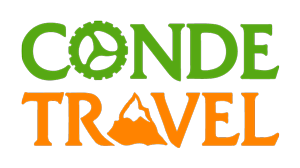
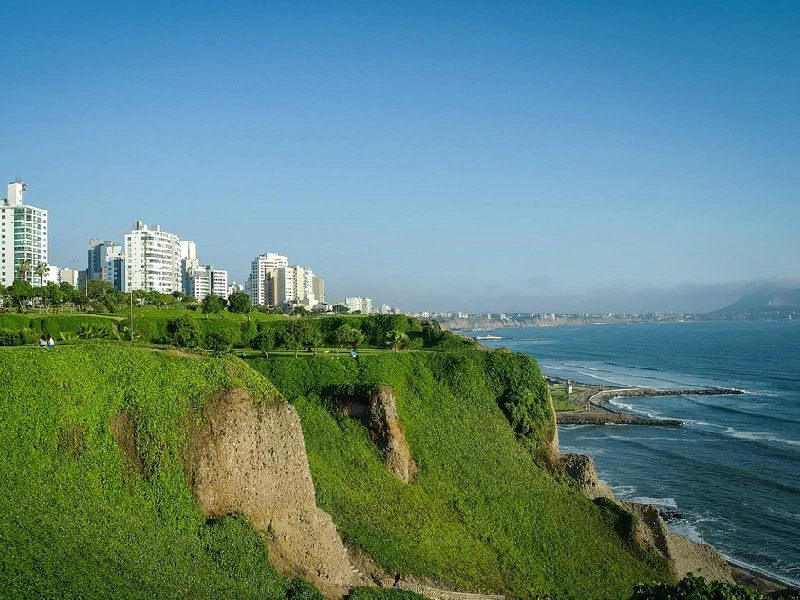

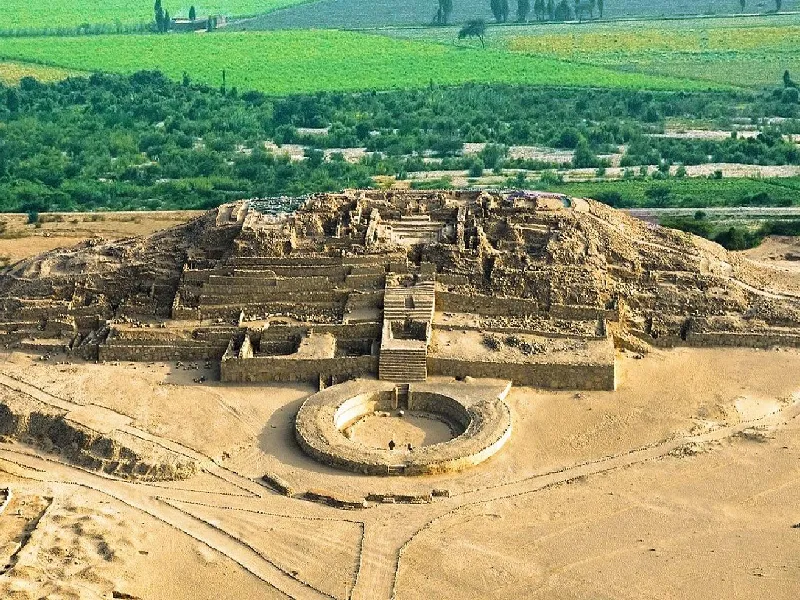
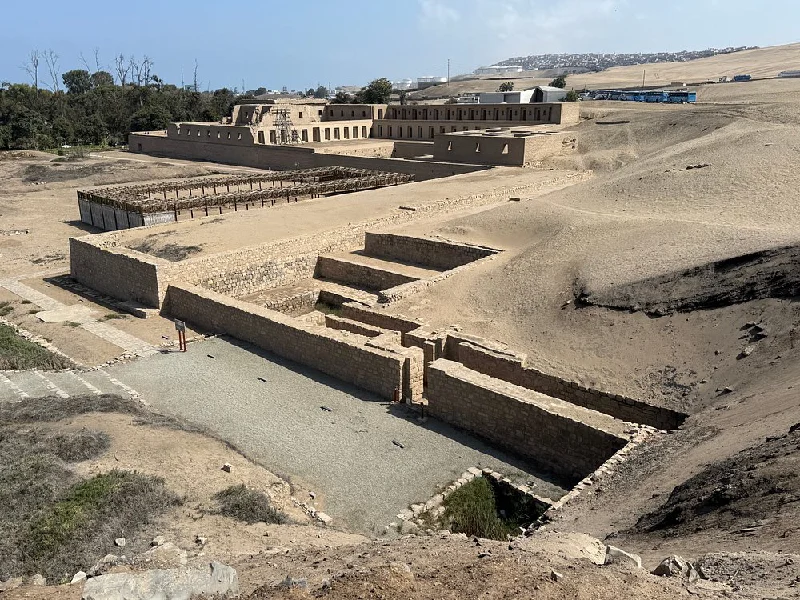


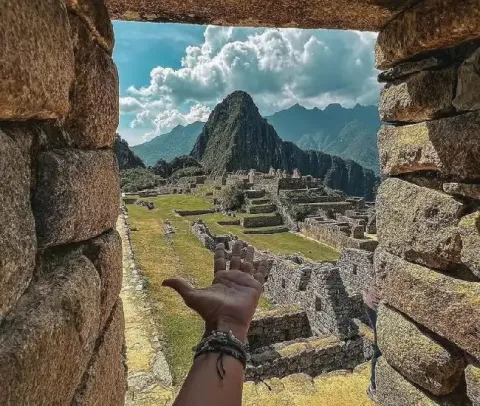
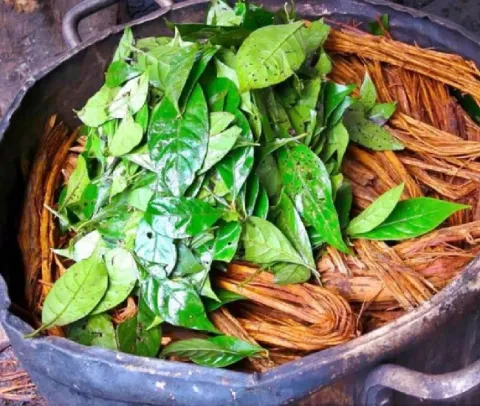
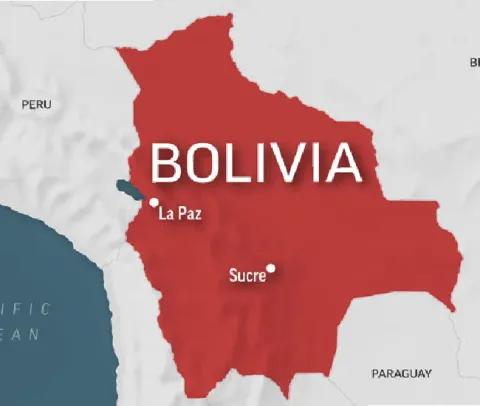
Add new comment